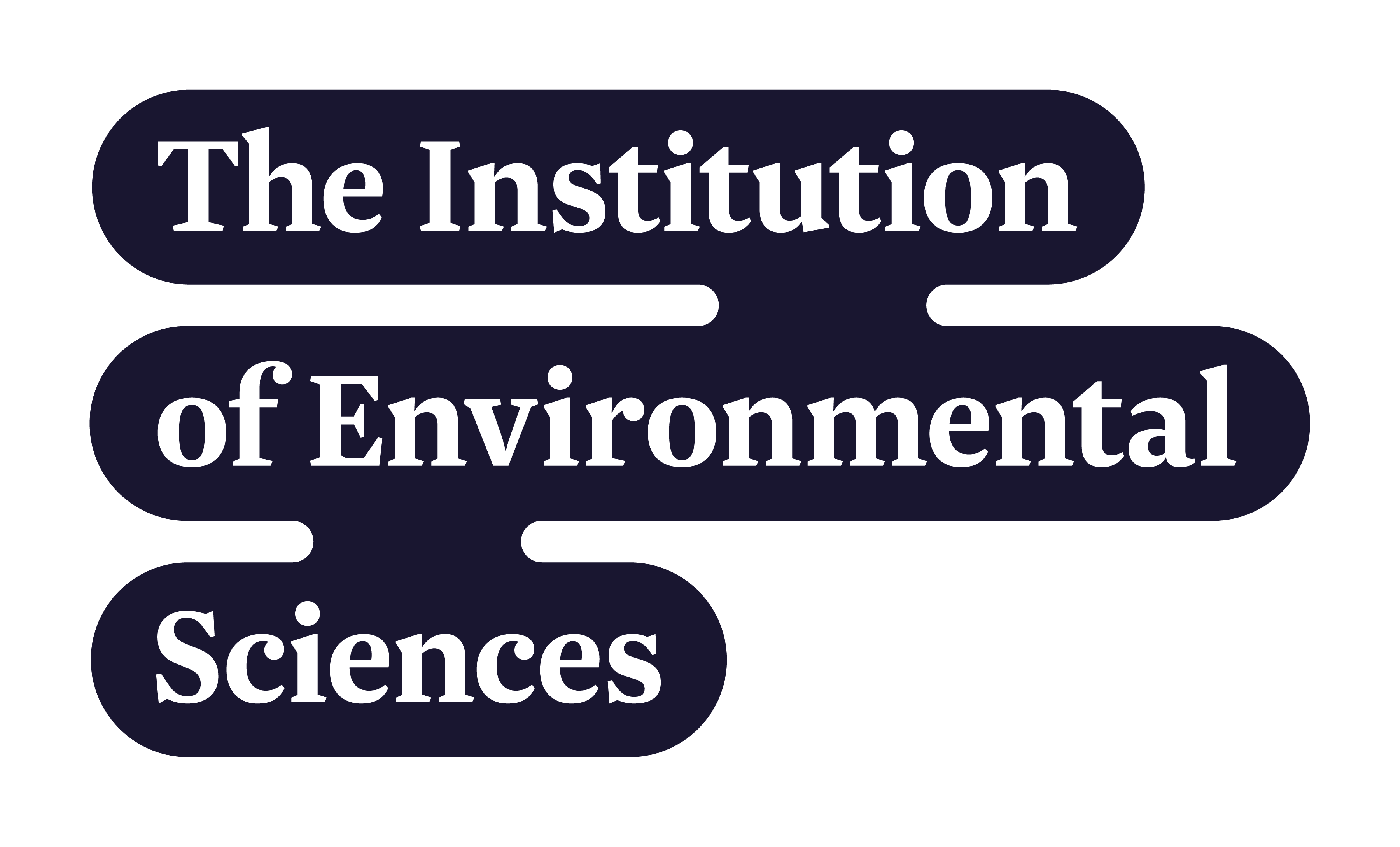SiLC webinar - Maximising natural capital benefits for brownfield and sustainable development
Have you registered for the upcoming SiLC CPD webinar, 'Maximising Natural Capital Benefits for Brownfield and Sustainable Development'?
Taking place on Thursday 20th June 2024, this webinar will explore how government seeks to support the reframing of nature, in terms of the value to people and the economy to create sustainable development. Attendees will hear, through case study examples, about how organisations are already implementing this approach and the resulting benefits achieved.
Can development only be a threat to soil quality and natural habitats? How do we reconcile the competing needs of nature versus man? Too long we have underestimated the value and importance that the natural environment contributes to our well-being.
By taking a ‘natural capital’ approach to decision making, development can maximise eco goods and services whereby we can get more from our land. From the simple concept of delivering the ‘right land use in the right place’ to the more complex considerations of achieving and maintaining biodiversity or environmental net gain post-development.
Chaired by Mark Hill (Climate & Sustainability – Lead at The Pensions Regulator), attendees will hear presentations from Tim Graham (Director at RSK Wilding and Nature Positive), David Stewart (Policy and Practice Lead at Scottish Land Commission), Martina Girvan (Senior Technical Director – Ecology at Arcadis), Yolande Macklin (Senior Associate Director, Land Quality, Jacobs) and Dr. Darren Beriro (Principal Geoscientist, British Geological Survey).
You can visit the SiLC website HERE for further information about the webinar, or scroll down to find out more about the presentations confirmed so far.
To register, click on the green below.
Cost - £30 inc VAT
Presentations
Vacant and Derelict Land (VDL) Re-use and Natural Capital
David Stewart, Policy and Practice Lead at Scottish Land Commission
David will be presenting on the work of the Scottish Land Commission, on land use in general and the re-use of VDL in particular. He will look at previous work on VDL Re-use, forthcoming research, policy environment in Scotland, progress with land re-use since 2020, and highlights from case Studies. David’s presentation will also summarise and explore opportunities for VDL re-use as greenspace/natural capital.
Remediation and Sustainable Growth Tool – Development of Natural Capital Metrics for Land Remediation
Yolande Macklin, Jacobs and Dr. Darren Beriro, British Geological Survey
Yolande Macklin (Jacobs) and Darren Beriro (British Geological Survey) will present current research conducted for the Environment Agency on the development of a novel natural capital approach to evaluate the sustainability benefits from remediating and redeveloping contaminated brownfield sites. This proof-of-concept co-designed research is helping the EA develop new methods to measure and communicate the social, economic and environmental value of remediating contaminated sites to optimise the planning, funding and delivery of its land contamination functions.



